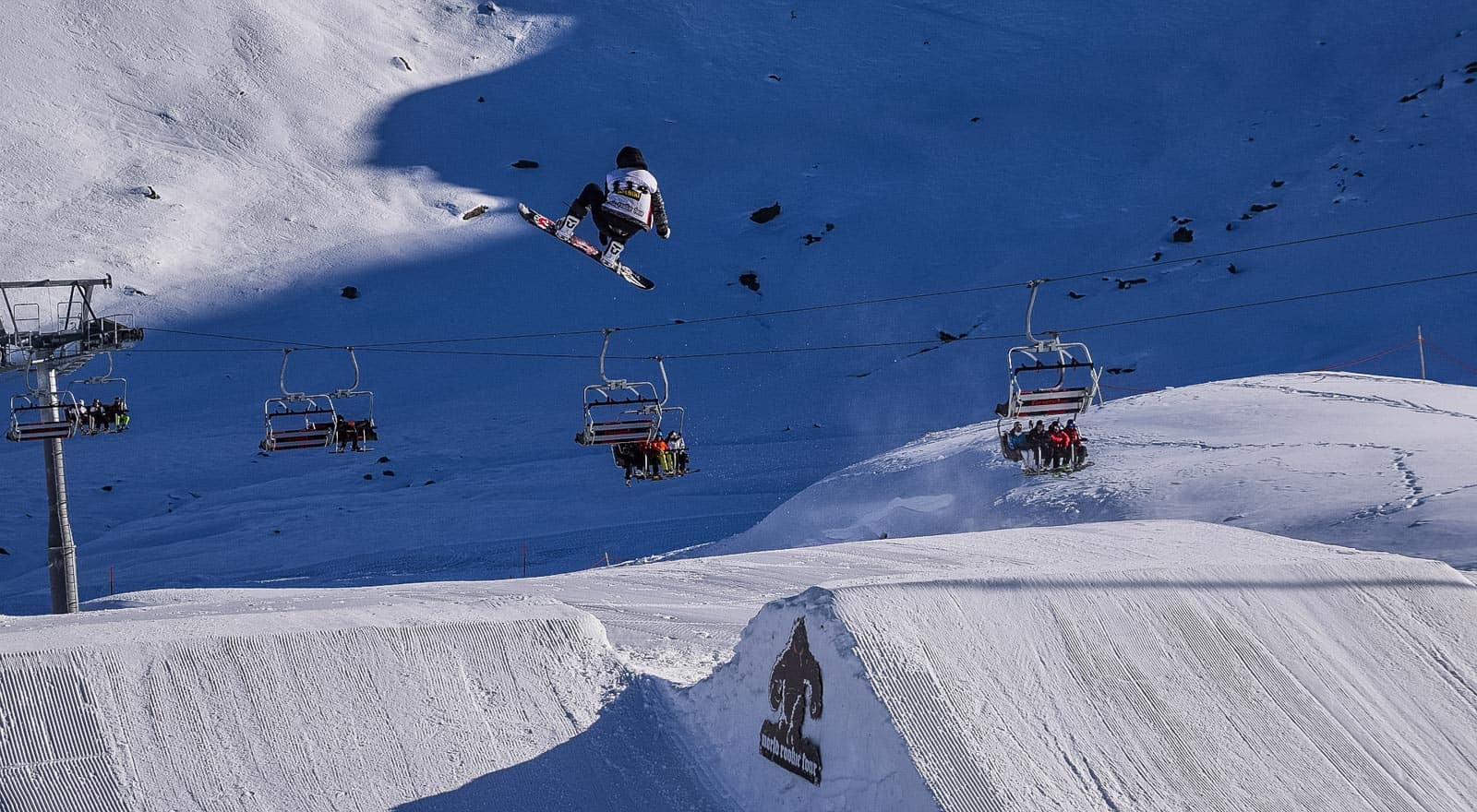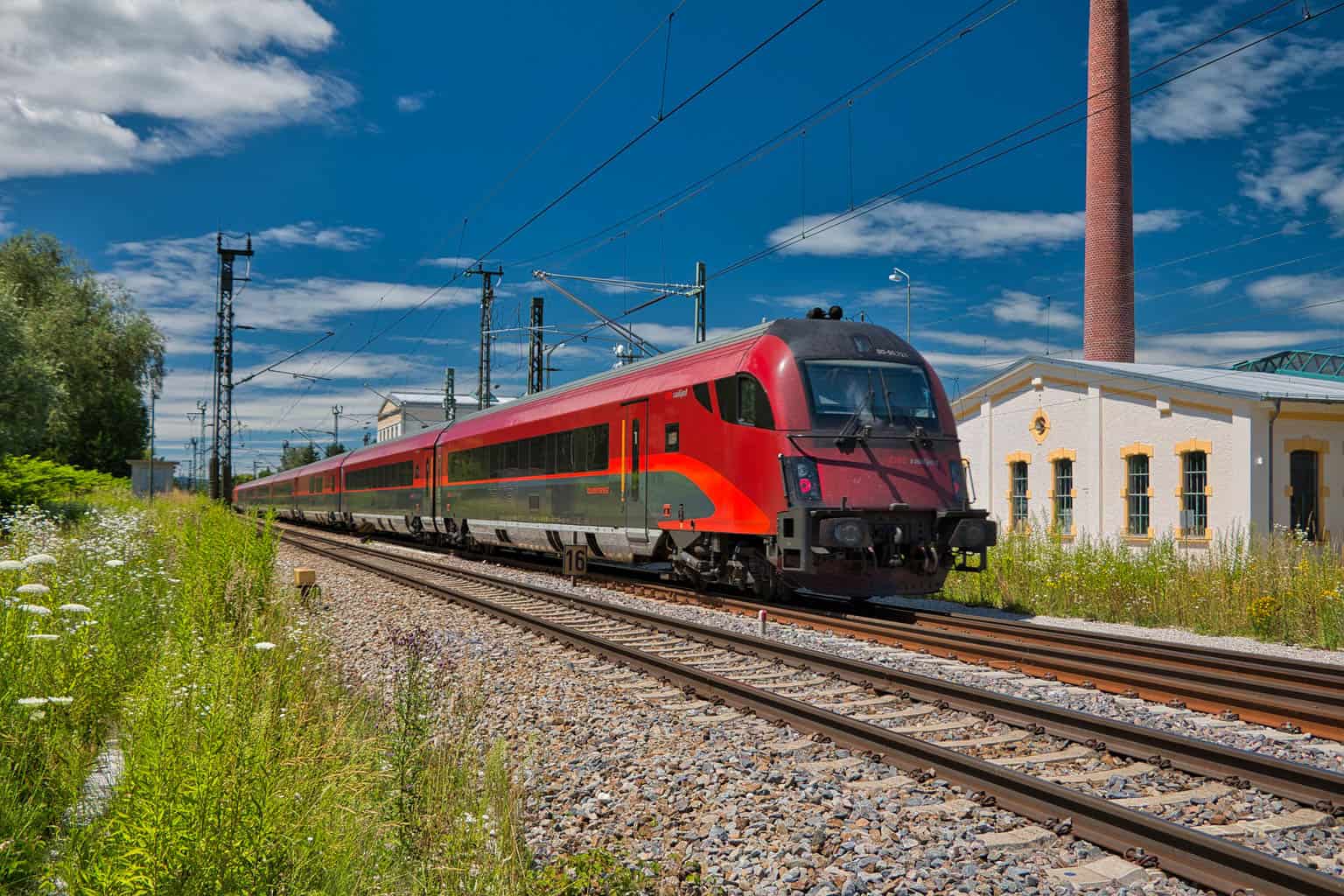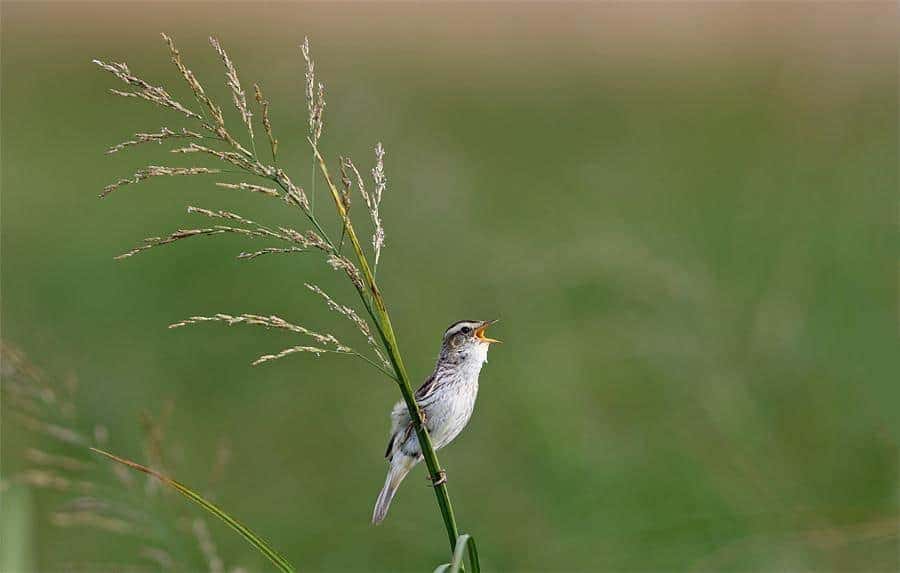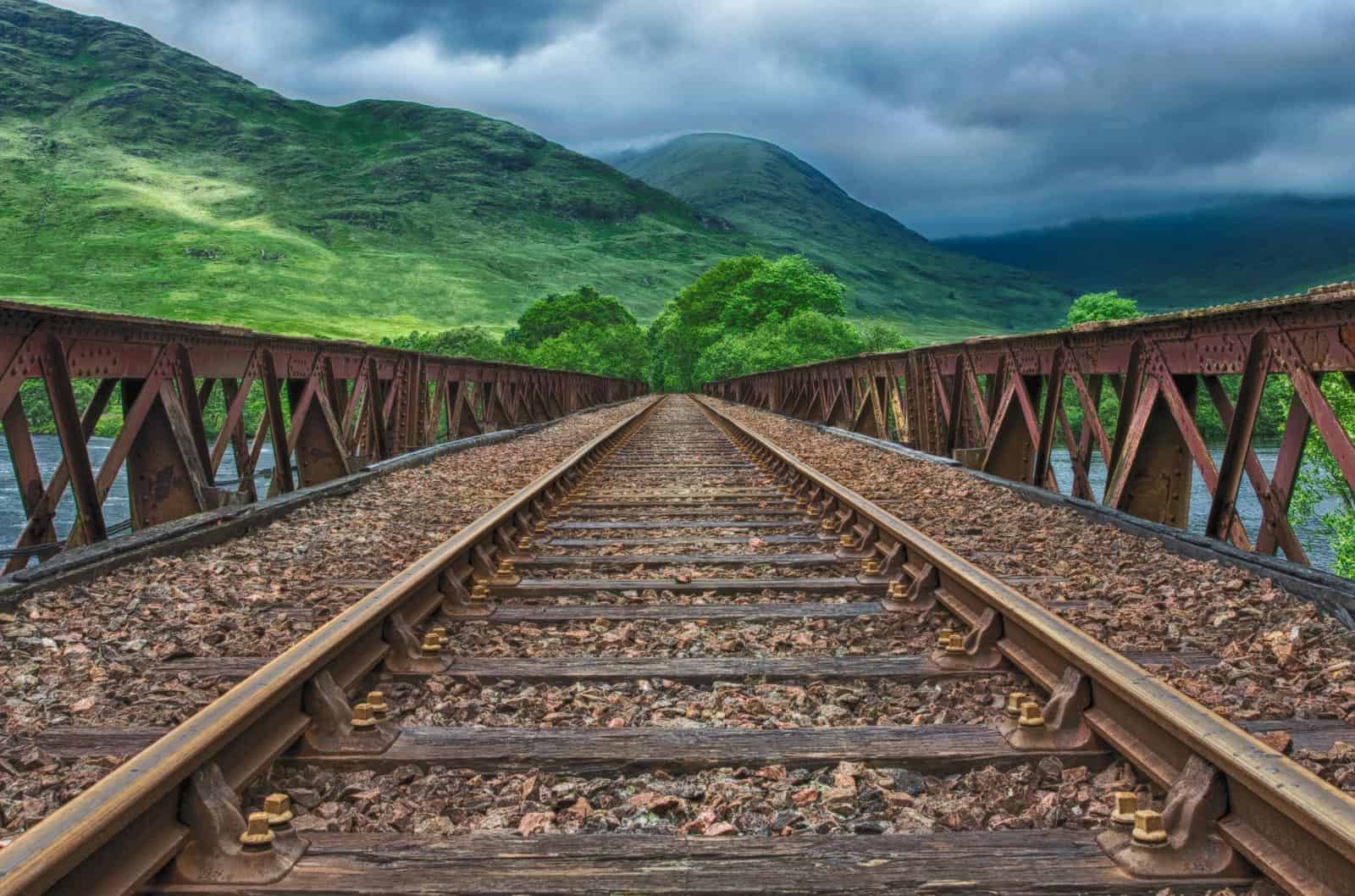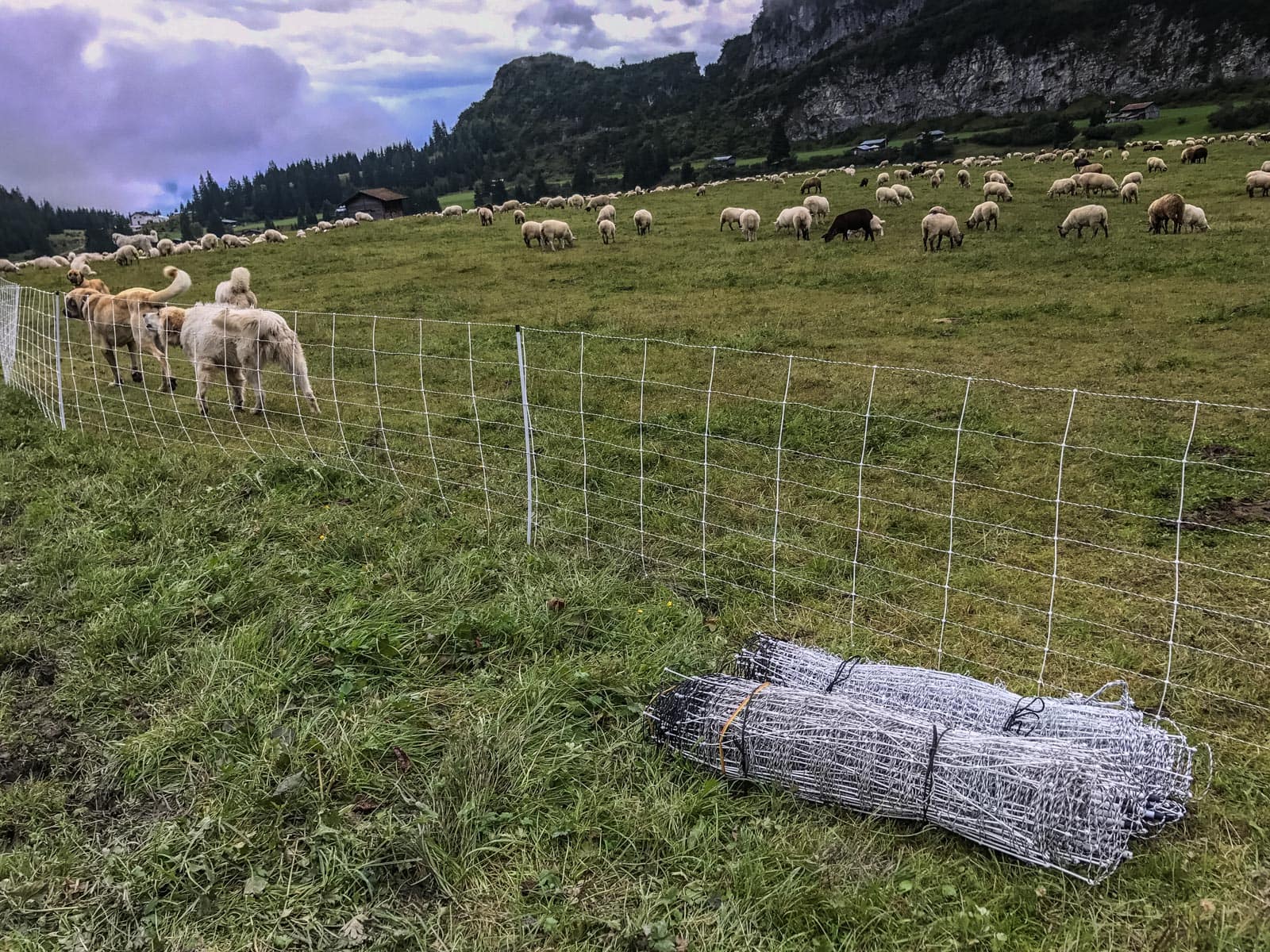Have ski resorts reached their expiration date?
Recently, we reported about the planned enlargement of two ski resorts in the Apennines. The project earned massive criticism because of its impact on threatened species. In addition, many doubt its economical viability with the climate crisis turning up the temperatures especially in mountaineous areas. While this is starting to show effects around the world, the temperatures rise twice as fast in high altitudes and the vulnerable mountain ecosystems react sensitively.
Please also read: Ski resorts and threatened species fight for space in the Apennines
The only way that ski resorts can still guarantee their guests appropiate snow conditions throughout the whole skiing season is artificial snowmaking. This does not only consume vasts amounts of energy, but also water. To provide the necessary water, ski resorts have to create artifical lakes that store the water reserves. While snow cannons were emergency measures for spots or times with exceptionally few snow, they have become the foundation of ski resorts throughout the last decades. Nowadays, most ski resorts use them constantly and rely on them to create enough snow. With rising temperatures, energy and water demand as well as costs for artifical snowmaking will rise. This makes it an inadequate measure for many resorts in the future. Many resorts start below 1000m altitude, where they could become almost snow-free in some winters within decades.
Decline has already started
The decline in skiing tourism and growing improtance of summer tourism is already in process in many places. More and more people want to experience the beautiful nature of the mountains all year round. In addition to traditional nature activities like hiking, more experience-driven activities like mountainbiking are on the rise. In Austria, summer tourism is now more important than skiing. Part of this trend is that the skiing season is becoming increasingly shorter.
The quickly rising temperatures in the mountains lead to melting glaciers, change of precipitation patterns as well as more landslides and floods. Ski resorts play a role in this, because massive deforestation is necessary to create ski resorts. For slopes, infrastructure and hospatility, which is only used four months a year, large forest areas have to be cleared. Forests have a variety of important functions in the mountains. They store carbon, prevent erosion, retain water and host wildlife. This wildlife is massively stressed close to ski resorts. Winter is a crucial time for the survival of animals in cold areas. Altered habitats, construction far up the mountains and the presence of thousands of humans stres the animals and reduce the chance of survival.
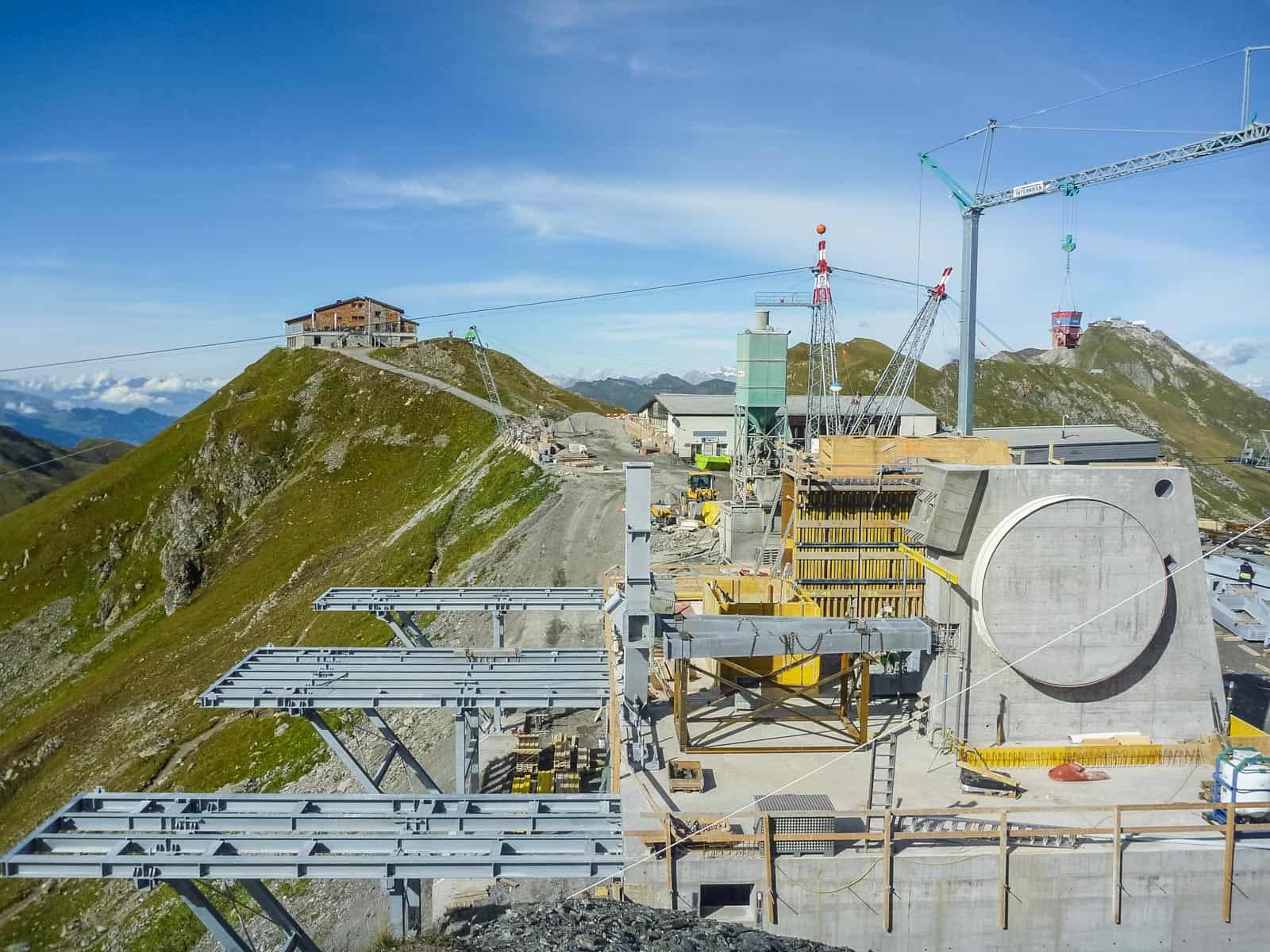
Even though the problems are stacking up, many ski resorts could probably survive for another few decades. But the resorts are well advised to start transforming before the climate crisis forces them to. And even if snow conditions stay good, visitors might stay away in the future. Skiing is becoming more expensive due to the decribed challenges. And the interests of tourists are changing. Many are looking to explore local cultures in an authentic way and prefer to use public transport. On the contrary, ski resorts offer a completely artificial experience and are often completely designed for car use.
Small ski resorts are dying
One trend is already visible. Only big ski resorts thrive, while small ones die. All the costs necessary to make a ski resorts attractive to visitors only pay off for large resorts. This already forced more than 200 resorts across the Alps to close. As the European Wilderness Society is situated close to several ski resorts, e.g. Obertauern, one of the biggest resorts in Austria, we experience this change first hand. During the summer – and even more spring and autumn – the resorts are turning into ghost cities. The deforested slopes, huge car parks, many hotels and vast infrastructure create a sad picture when they are not filled with people.
Instead of investing billions to preserve a sector that seems to have an expiration date, skiing areas could turn to alternatives. Natural tourism is growing, possible all year round and requires much less investment.
Money before environment
An example that developers of ski resorts do not even back off from protected areas is Pirin National Park. For many years, there has been a judicial battle about the future of the National Park. The government has given concessions for the development of ski activities inside the National Park to an offshore investor. This includes the clearing of large forest areas. The government blatantly ignored environmental law, so activists quickly challenged the concession in court. UNESCO responded by excluding the ski areas above the towns of Bansko and Dobrinishte from the World Heritage Site. Luckily, the Bulgarian Supreme Court shut down the development of ski resorts this year. But some resorts have already been expanded, which has several negative impacts:
- Water, coming from mountains to local households, is polluted with ammonium because of artificial snow production
- More frequent floods on local rivers, because forests are cleared
- Unfinished buildings by failed investors disturbinglocal natural sceneries
- Revenues do not reach local communities and many promised jobs were never created
Ski resorts increasingly affect alpine ecosystems through enlargement of ski pistes, machine‐grading of ski piste areas and increasing use of artificial snow.

Habitat degradation and loss due to slopes and ski lift constructions, the ongoing noise of artificial snow production and the daily presence of people negatively influence the species living in the areas around ski resorts. Scaring wildlife and harming their habitats by damaging vegetation, clear cutting forest and compacting soils are the most significant impacts. Declines in species diversity and population numbers have been observed in touristic areas all over the Alps. In most cases these declines can be linked to the intensification of winter sports. As a consequence many of the species living in these areas retreat to areas away from the resorts.
Soft winter tourism
Ski resorts are not the only way to enjoy the beauty of the Alps and other mountain ranges in winter. This kind of mass tourism only exists for a few decades. Ski touring, snow shoeing, sledge rides, ice skating and other activities have all existed much longer. One of the most striking features of snow-covered mountains is the quietness that we can barely witness in today´s world. And this quietness is definitely more enjoyable in nature than in a ski resorts packed with people and loud machines.
A four-year study by the Rocky Mountain Research Station, a research unit in the US Forest Service, tracked 18 adult lynx with GPS collars. The lynx appeared to tolerate dispersed activity, such as backcountry skiing, but were negatively impacted by dense ski resorts. Accordingly, backcountry skiing or wildlife spotting have less impact in wildlife, but it is still important to stick to certain rules to minimize stress for animals.





